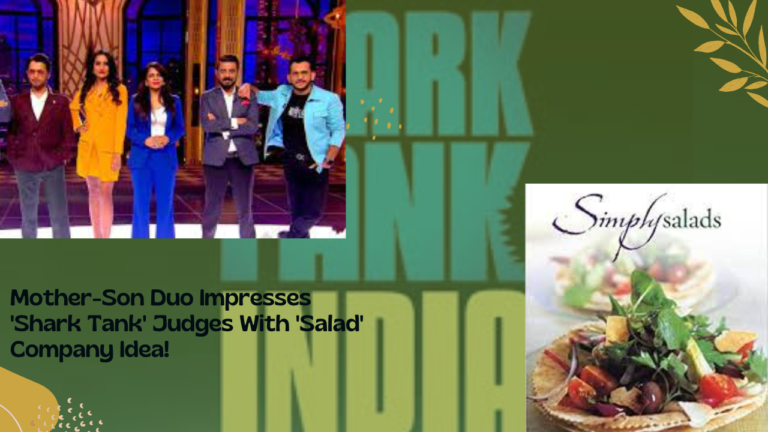What is 3D Printing:
From their name, we can have the idea that 3D printers can build three-dimensional objects from a variety of different materials. It is a manufacturing process in which the material of construction is laid down layer upon layer leading to the form of a three-dimensional object. This is termed an additive process because we are building the object from the bottom to the top. It is way opposite to the subtractive process.
For example, in the subtractive process, we carve, cut, or drill stone or wood to achieve the desired shape. 3D printers have the ability they can convert three-dimensional data into a physical object. 3D printing helps us to create complex shapes using less material which can increase our efficiency.
What is 3D food printing?
In 3D food printing, the Food is prepared from an automated additive process. We can consider pizza vending machines as a primitive 3D printing food process. Firstly the dough is prepared, then the toppings, cheese, and other stuff are laid down on the pizza. This process is carried out on a single machine. Hence, it can also be called a simple 3D food printer. The process of printing food is like that. We feed raw material into a syringe and extrude it through the food-graded nozzle to trace shapes and form 2D layers one at a time.
The point to remember over here is that we are not cooking the food through printers, we are only architecting intricate shapes and designs. It works in such a way that the edible materials are ready for consumption or we will be cooking them in an external oven once we completed the process of 3D printing.
Challenges in 3D Food Printing:
But when we think of real 3D printed foods, they are still in their beginning and it has to cover a long way to enter the kitchens of customers. Material extrusion is the most common process in 3D printing. It requires paste inputs such as viscous foods, chocolates syrup & purees, etc.
For example, There is a machine called PancakeBot that only makes pancakes. The batter for pancakes is extruded through the nozzle and directly falls onto the hotplate, forming pancakes.
But the problem is that no software or hardware is optimized for the specific challenges that are most likely to arise during the printing of food. We in the food industry use software designed for printing plastics and metal parts. To create printable food products, researchers have to mix ingredients to adjust the properties of food such as viscosity, and adhesion between the layers. In the food printers where the extrusion technique is widely used, the viscosity becomes the most important factor of food. Since we are creating food, it must be able to provide all of its nutritional content as well as be palatable. There is a very big difference between printing food and printing plastic. For example, in plastic printing, the nozzles heat the material to its melting point and the plastic later hardens because of thermoplasticity. This same process can work for some foods such as chocolate but not for other food products.
Where is it used?
3D Food Printers are mostly used in gourmet dining in the molecular kitchen or fancy bakeries. 3D food printing technology is not scalable as it is going to require more time in development. One such classic example is when two world-class chefs created a restaurant concept in London, named Food Ink. They were serving 3D-printed food but they went as far as having only 3D-printed furniture in the restaurants. There are many places where you can 3D print food products. Such as edible birthday decorations, 3D-printed pizzas, and plant-based meat & there is a German company using 3D printers to create accessible meals for seniors who struggle to process solid foods. Researchers are also investigating that how we can counter hunger or to provide nutritional support to people in low income category.
C. Anandharamakrishnan director of India’s National Institute of Food Technology Entrepreneurship and Management, uses the approach to develop snacks fortified with protein and fiber that can be provided as supplements in government-run programs focusing on women’s and children’s nutrition. It could be printed in a rotating array of cartoon shapes and colors on a local level and might be cheap to produce. His team has created 3D printable chocolate-based bars containing different amounts of protein and fiber that children deemed tasty in tests of acceptability. The NIFTEM aims to start pilot trials of the snacks in schools next year to study whether they boost the kid’s nutritional profile.
It is safe to consume 3D printed Food Products & its Benefits:
It is completely safe to consume 3D-printed foods as long as they are prepared on food-grade equipment and have been prepared in a clean environment.
Pros
- We can control the number of nutrients, vitamins, and calories per meal.
- It can be used for patients whose diets are commonly restricted.
- We can present nutritious plant-based food in a much more attractive way by means we can feed that food to our moody children.
- We can share recipes as simply as transferring files from digital devices.
Cons
- The printer is not very fast, and it takes 45 minutes to print a detailed 3D model.
- It lacks scalability.
- The edibles that we were using in the printer required preprocessing for their extrusion
- Before expecting the final product, we need to ensure the edible is well prepared for extrusion.
Some printers that are available on the market:
byFlow Focus
It might not seem like much, but this small printer is capable of grand things. The Focus is a material-extrusion 3D printer used by professional chefs around the world. It can be controlled by Wi-Fi and requires reusable cartridges (syringes) that can be filled with edible pastes. Michelin-star restaurant Smink in the Netherlands uses this printer to create its intricate dessert patterns. The byFlow currently retails at around Three lakh rupees.
Foodini
This is one of the most hyped food 3D printers. Natural Machines’ Foodini can handle ingredients from jellies to tasty burgers. It can use 5 different cartridges simultaneously. Natural Machines has a healthy nutrition approach, providing recipes for new users to get started before they design their own. The cost to own Foodini is around the same as of the byFlow Focus.
Museo
The Museo chocolate 3D printer can process chocolate chips up to 4 mm in diameter and melt them for extrusion. It’s quite sturdy, weighing around 25 kg but still within the desktop range. It’s manufactured in China and is rather costly at around five lakh rupees.
Conclusion –
Although the 3D printing food is still in its early stages it has already gained the attention of experts from all around the world from the food industry. We are looking it in terms of funny and exciting way but it is much more than that it will going to solve the problems that currently we are facing It includes patients of dysphagia who are having difficulty for swallowing the food, as well as for the astronauts and for soldiers on the battlefield. 3D printing of food has the potential that it can help us to counter with world hunger and food sustainability problem.
References:
- https://en.wikipedia.org/wiki/3D_food_printing
- https://www.3dnatives.com/en/food-3d-printing220520184/
- 3D Printing of Food C. Anandharamakrishnan, Jeyan A. Moses, T. Anukiruthika
- https://www.pcmag.com/news/3d-printing-what-you-need-to-know
- https://3dprinting.com/what-is-3d-printing/



3D Food Printer